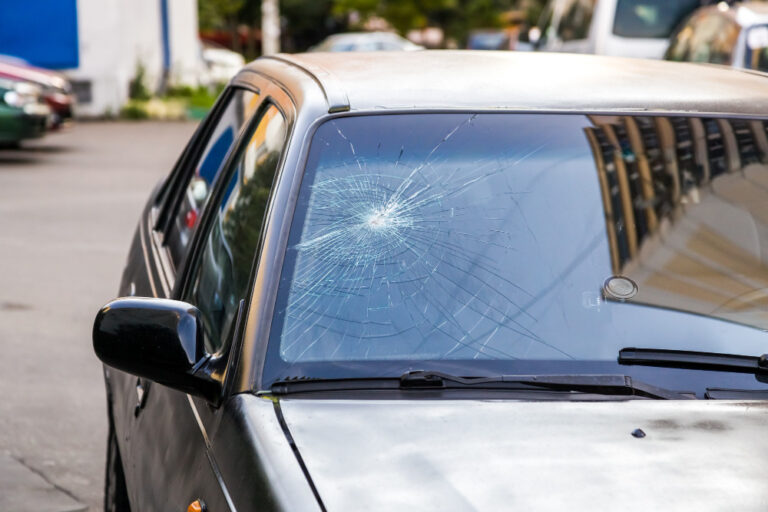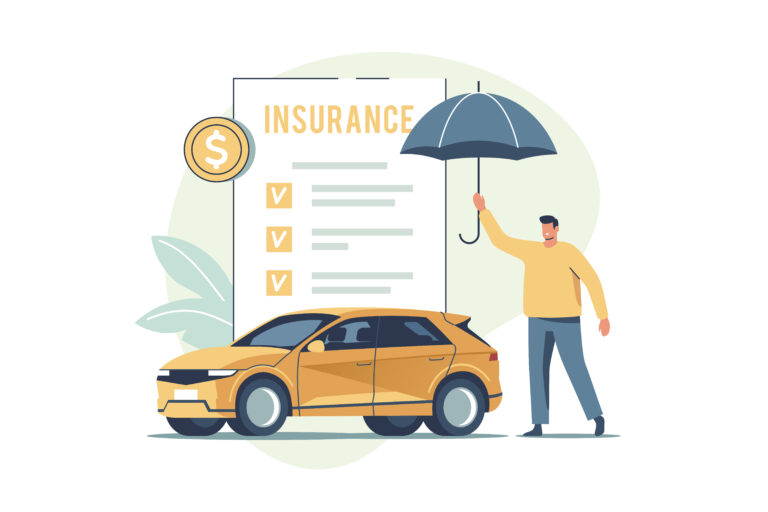The Hidden Dangers of Ignoring Dashboard Warning Lights
The Hidden Dangers of Ignoring Dashboard Warning Lights
Introduction
Your car’s dashboard warning lights are designed to alert you to potential problems with your vehicle. Ignoring these lights, however, can lead to serious mechanical failures, safety hazards, and even costly repairs. While it may be tempting to brush off a glowing light on your dashboard, doing so can worsen the issue and put both your car and your safety at risk.
In this guide, we’ll explore the hidden dangers of ignoring warning lights, the potential problems they indicate, and what actions you should take to ensure your vehicle remains safe and reliable on the road.
1. Common Warning Lights and Their Implications
What to Look For
Each warning light on your dashboard corresponds to a specific issue that needs attention. Below are some of the most common warning lights and their potential consequences if ignored:
- Check Engine Light: This light can indicate a range of issues, from minor problems like a loose gas cap to more serious engine issues, such as a failing oxygen sensor or fuel injector.
- Oil Pressure Warning: A flashing or steady oil pressure light indicates low oil levels or poor oil circulation, which could lead to engine damage or failure if ignored.
- Battery Warning: This light suggests that your car’s battery or alternator is not charging properly. Failing to address it can leave you stranded with a dead battery.
- Brake Warning Light: A red brake light can mean several things, from low brake fluid levels to more serious brake system malfunctions. Ignoring this light could lead to complete brake failure, posing a significant safety risk.
- Tire Pressure Warning: Low tire pressure can affect your car’s handling and lead to blowouts if ignored, especially in high-speed driving conditions.
- ABS Warning: The Anti-lock Braking System (ABS) warning light indicates that the ABS system is malfunctioning. This can compromise your ability to stop safely during emergency braking.
Why It Matters
- Vehicle Health: Dashboard warning lights are your car’s way of telling you something is wrong. Ignoring them could lead to more expensive repairs down the line.
- Safety: Many of these warning lights, such as those for brakes or oil pressure, indicate problems that can seriously affect the safety and reliability of your car.
What You Should Do
✔ Address warning lights immediately. If you notice a warning light, don’t wait for it to go away—get it checked out as soon as possible.
✔ Don’t ignore unusual symptoms like strange noises or loss of power, as these may indicate a bigger issue.
2. Potential Consequences of Ignoring Warning Lights
What to Look For
Ignoring warning lights can lead to various consequences, ranging from minor inconveniences to serious car breakdowns or even accidents. Some of the risks of neglecting these lights include:
- Increased Repair Costs: Small issues, if ignored, can escalate into major repairs. For example, neglecting a low oil pressure warning could lead to engine failure, which is far more expensive to repair than simply topping off the oil.
- Decreased Vehicle Lifespan: Failing to address issues early can shorten the overall lifespan of your vehicle, costing you more in the long run.
- Safety Hazards: Some warning lights are linked to systems critical for your safety, such as the brakes or tires. Ignoring them could compromise your car’s braking ability, steering control, or traction, leading to accidents.
Why It Matters
- Financial Impact: Repairing major issues due to ignored warning lights can be much more expensive than taking preventative action.
- Vehicle Performance: Delaying repairs can affect your car’s overall performance, reducing fuel efficiency, comfort, and handling.
What You Should Do
✔ Take action quickly when you notice a warning light. Waiting to fix an issue only makes it worse.
✔ Seek professional help: If you’re unsure what the warning light means, have your car diagnosed by a professional mechanic.
3. What to Do When a Warning Light Appears
What to Look For
When a dashboard warning light appears, it’s essential to follow these steps to ensure your car remains safe and functional:
- Stop Driving If Necessary: If you see a red warning light, such as the brake warning or oil pressure light, it’s best to pull over and turn off your engine. Continuing to drive can cause further damage.
- Consult Your Owner’s Manual: Your car’s owner’s manual will provide detailed information on what each warning light means and what action to take.
- Call for Assistance: If you’re unable to resolve the issue, consider contacting a mechanic or using roadside assistance to get help.
Why It Matters
- Immediate Action: Addressing the issue early can prevent damage to your car and ensure your safety.
- Professional Diagnosis: A mechanic can diagnose the problem accurately and provide the right fix.
What You Should Do
✔ If a warning light appears, don’t ignore it—take the time to assess the situation and decide whether you need to pull over or seek professional help.
✔ If the problem is beyond a simple fix, schedule an appointment with a mechanic.
4. How to Prevent Dashboard Warning Lights from Appearing
What to Look For
While some warning lights are inevitable, regular vehicle maintenance can help prevent many of them from appearing. Here’s how to avoid some of the most common issues:
- Regular Oil Changes: Ensure that you change your car’s oil at the intervals recommended in your owner’s manual. This helps maintain the engine’s health and prevents the oil pressure light from appearing.
- Check Tire Pressure: Regularly check your tire pressure, especially before long trips, to avoid the tire pressure warning light.
- Brake Inspections: Get your brakes checked regularly to avoid the brake warning light and ensure your braking system is in optimal condition.
- Battery Checks: Have your car’s battery tested to avoid the battery warning light and prevent potential battery failure.
Why It Matters
- Preventive Care: Regular maintenance reduces the likelihood of dashboard warning lights appearing and helps you catch issues early.
- Cost Efficiency: Regular maintenance is generally less expensive than repairing damage caused by neglect.
What You Should Do
✔ Stick to the maintenance schedule recommended in your car’s manual.
✔ Perform regular checks on essential car systems, such as oil levels, brake pads, and tire pressure, to prevent warning lights from appearing.
5. Seeking Professional Help When Warning Lights Appear
What to Look For
If you’re unsure about what a particular warning light means or how to address it, it’s important to consult a professional mechanic. They have the tools and expertise to accurately diagnose and fix the issue.
Why It Matters
- Accurate Diagnosis: Professional mechanics can use diagnostic tools to pinpoint the exact problem and prevent unnecessary repairs.
- Safety and Reliability: A professional will ensure that your car is safe to drive and will provide the right solution to keep your car running smoothly.
What You Should Do
✔ Visit a trusted mechanic for a diagnostic check if you’re uncertain about a warning light.
✔ Don’t delay seeking professional help—fixing the issue early can prevent more serious problems.
Conclusion: Don’t Ignore Your Dashboard Warning Lights
Ignoring dashboard warning lights can have serious consequences, from expensive repairs to compromised vehicle safety. By understanding what the lights mean and taking prompt action, you can prevent unnecessary damage to your car and avoid safety risks on the road.
For professional diagnostics or to schedule a service appointment, visit Automotive Doctor Motor Garage. Our team of experts is ready to help you with all your car maintenance needs.
Need a diagnostic check or repair? Book an appointment today and stay safe on the road!






